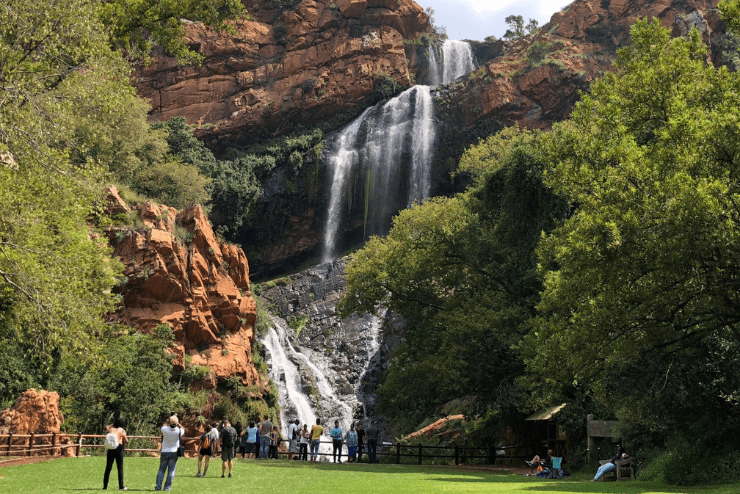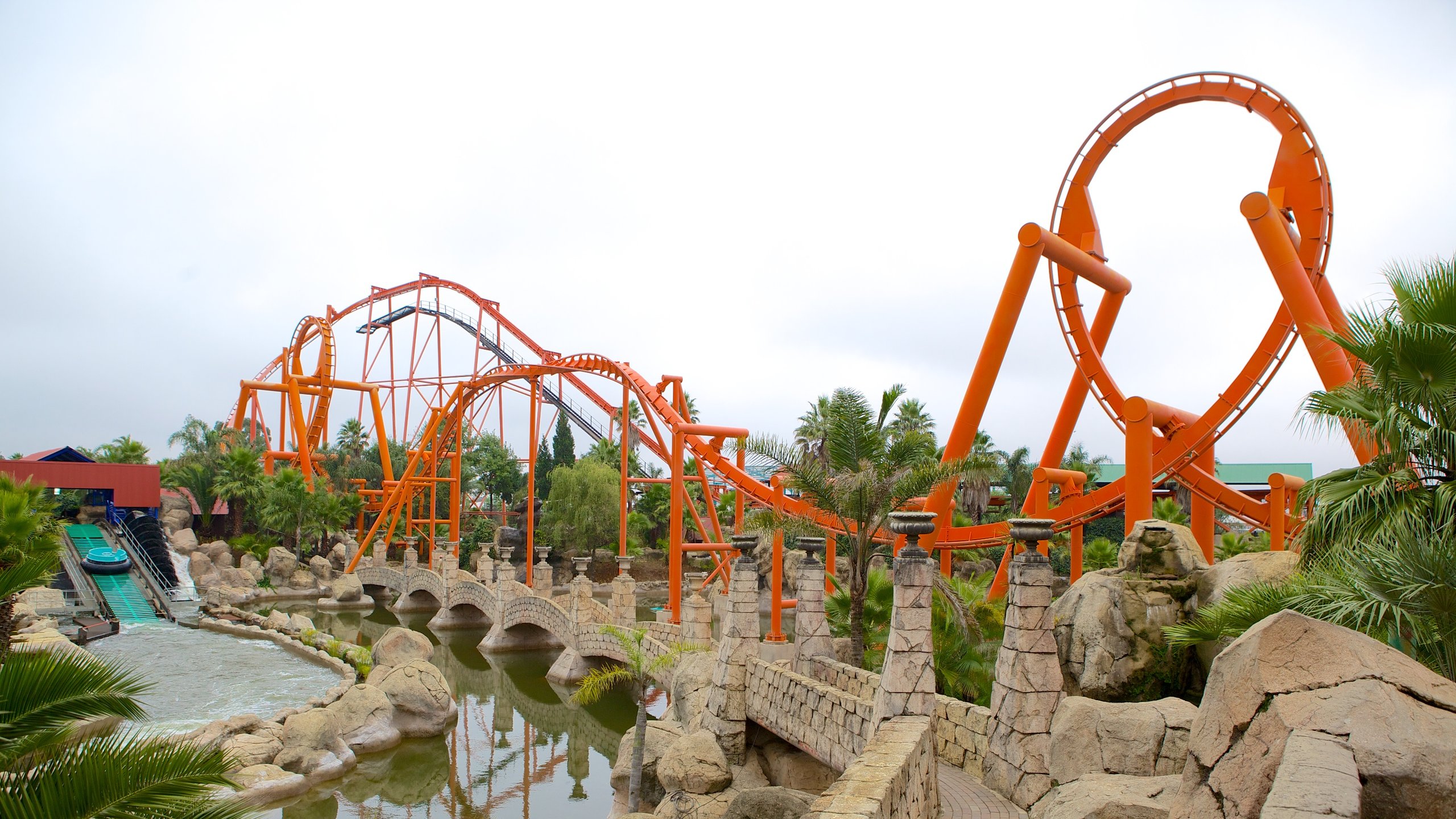Not known Facts About Johannesburg North Attractions
Not known Facts About Johannesburg North Attractions
Blog Article
Top Guidelines Of Johannesburg North Attractions
Table of ContentsOur Johannesburg North Attractions IdeasThe 9-Minute Rule for Johannesburg North AttractionsWhat Does Johannesburg North Attractions Mean?The Only Guide for Johannesburg North AttractionsGetting The Johannesburg North Attractions To WorkJohannesburg North Attractions for Beginners
The city owes its location to the visibility of an also more precious source: gold. The city expanded on the side of the Witwatersrand Main Reef, a below ground stratum of gold-bearing quartz-silica conglomerate that arcs for numerous miles beneath the Highveld. Most of the gold mines in the city discontinued procedure in the 1970s, yet in its day the Witwatersrand gold sector made up greater than 40 percent of the world's yearly gold manufacturing.Johannesburg has a temperate climate. Summer season temperature levels average regarding 75 F (24 C); winter temperature levels balance concerning 55 F (13 C) and just sometimes dip below freezing. The city appreciates concerning eight hours of sunshine per day in both wintertime and summer. Rainfall averages about 28 inches (700 millimetres) per annum, but the total varies considerably from year to year.
What rainfall the city receives falls virtually exclusively in the summer season months, usually in stunning late-afternoon electric storms., where several citizens still depend on coal for fuel.

Johannesburg North Attractions for Dummies
The balance of the city is inhabited by whites. Accommodation differs in character and top quality. Soweto is notorious for its endless rows of municipally built, two-room matchbox homes, yet it additionally has a few thriving territories along with bristling squatter camps, where tens of thousands live without water, electrical energy, or hygiene facilities.
Physical development, although somewhat restricted by transportation, proceeded rapidly as immigration to South Africa, and Johannesburg in particular, raised significantly. This trouble was resolved in the 1930s when the auto was introduced in automation to South Africa. Automobiles were, essentially, restricted to the wealthy, and permitted them to relocate to the north of the city and commute right into the centre.
A lot of poor suburban areas were blended, with bad blacks and whites living with each other, although the affluent suburbs were normally booked for whites. This transformed with the political election of the National Celebration in the 1948 political elections, who started to formalise the system referred to as racism. Discrimination officially assigned which suburbs each race might stay in under the Group Locations Act.
The previous system of eleven Homepage phoned number regions was reorganised in 2006. Marshalltown, as seen from the top of the Carlton Centre. The M1 and M2 run behind the buildings, and the southerly suburban areas expand past the highway boundary. The internal city of Johannesburg is situated within the city's Area F. The number of people living in the inner city on a casual basis is unidentified, as several are prohibited immigrants. The joblessness, education, and age accounts of the area are all unidentified, due to the trouble of getting dependable information concerning the area.
The Single Strategy To Use For Johannesburg North Attractions
Centred on the CBD, the region consists of the suburban areas of Yeoville, Bellevue, Troyeville, Jeppestown, and Berea to the eastern. To the west it infects Pageview (Johannesburg North attractions) and Fordsburg. There are tiny industrial parks to the south, such as City West-Denver and Benrose. Around 800,000 commuters pass through the internal city each day, and it operates as a local shopping node for visitors from the southern residential areas. Yeoville and Bellevue have a mix of apartment and solitary domestic systems on tiny lots. The area lies on a hilly divide that ranges from east to west. One of the most noticeable geographic feature is Observatory Ridge, which is called for the big observatory situated on it. The leisure rooms are no more made use of, as a result of protection problems.

Johannesburg Arena, a training school for both the Golden Lions and Orlando Pirates, is nearby. The eastern residential areas of Johannesburg are situated in the city's 7th [] and 9th [] areas. The area is likewise functionally integrated with East Rand border towns outside of the main limit of Johannesburg, such as Bedfordview and Edenvale (both component of view it Ekurhuleni Metropolitan Municipality).
Johannesburg North Attractions Can Be Fun For Anyone
The eastern residential areas are some of the oldest areas of Johannesburg, there are big areas of Jewish and other European histories, the bulk of the populace is English talking. There are three golf training courses as well as a number of protected ridges with viewsites.
Originally built to house male migrant workers, many have actually been improved as dwellings for pairs and family members. The residential area was not historically allowed to create work centres within the area, so practically all of its locals are commuters to various other components of the city.
How Johannesburg North Attractions can Save You Time, Stress, and Money.
The N1 Western Bypass connects the north suburban areas with the north-western suburban areas. The suburbs in the north suburbs are primarily official, with no substantial areas of informal real estate, or housing that does not have a permanent framework. Although this is a well established area, there is a fad of land use adjustment from property to business, specifically along major arterial roads and around well established nodes.
The area is well linked to roadway networks, particularly along the north-south axis formed by the M1 and N1. Roads to the east and west are less well established, as there are no freeways taking a trip because direction. Towards the north boundary of the city, the density of growth reduces, leaving large areas of undeveloped land around Midrand.
The Johannesburg North Attractions Statements
, which is located on a hillside neglecting the inner city and Hillbrow.
Report this page